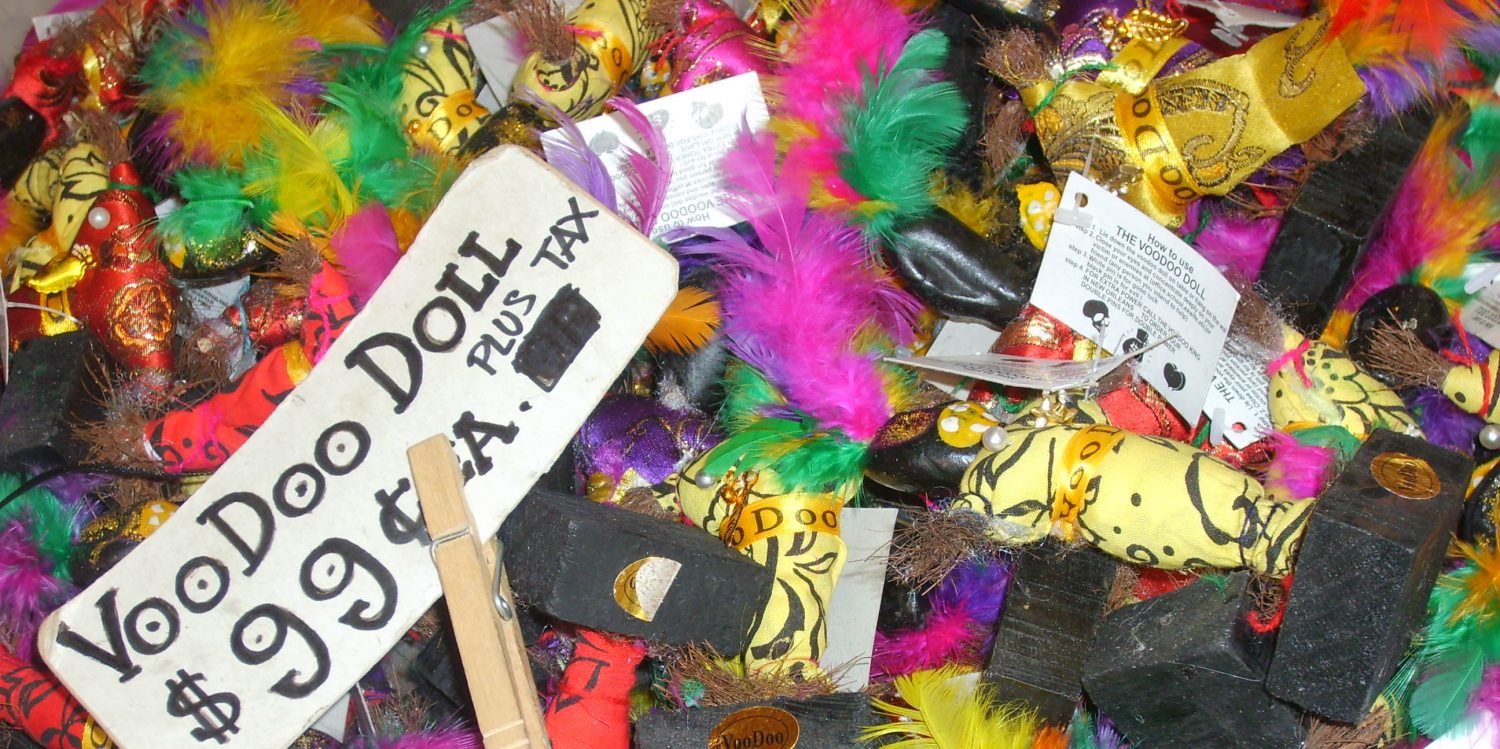
This week I’ve been listening to a radio adaption of Colson Whitehead’s novel The Underground Railroad. It has been thought-provoking in many ways, but one quote in particular has stayed in my head. “If you want to find out what this nation is like, you have to ride the rails,” says one character, as runaway slave Cora prepares to begin her journey on the “underground railroad”, which Whitehead has reimagined as an actual railway line.
The radio also prompted to think about links between transport and politics, this time in a New Orleans context specifically, when I heard Leah Chase interviewed on the Food Programme. The famous cook spoke not only about her family’s world-renowned restaurant Dooky Chase, but also about its role in the civil rights movement. Its bowls of gumbo and fried chicken fuelled some of those taking part in the “Freedom Rides” of the early 60s.
New Orleans’ connections with the politics of transport go back even further than this. Homer Plessy, the man at the centre of the Plessy v. Ferguson case that failed to overturn streetcar segregation, came from New Orleans’ Treme neighbourhood.
Treme is also renowned as the birthplace of jazz, which reminded me of a minor political episode in the history of public transport in London. A few years ago, I read in London daily newspaper the Evening Standard that then-mayor Boris Johnson had cancelled a jazz workshop arranged for employees of the city’s bus and train body Transport for London, “just as we have got rid of many other pointless excrescences in the public sector”, he said.
Improvise, the arts organisation that would have run the workshop, would rebuff this description of their work. “Our novel inspiration is the premise that, if we understand more about how jazz musicians communicate, innovate, manage risks, work together, create and sustain change, support and lead one another, then there are valuable lessons for us all as individuals, teams and organisations”, a spokeperson said at the time
To some – Johnson evidently – jazz is just background noise. But, writes Howard Zinn in his People’s History of the United States, “jazz, however joyful, portended rebellion”. Transport is also too often regarded as just a city’s background noise, as an unremarkable means to an end. But it would be a grave mistake to ignore either.
“Listen,” wrote New Orleans music magazine OffBeat about jazz musician Fats Waller. “You can hear [him] everywhere in New Orleans, even in places where there is silence. There is something about his rhythms and melodies that are in the way people walk and horns riff and cars drive and streetcars squeal and cutlery clanks and cast-iron pots simmer.”
In London too – and other places– there are pings from trains and streetcars, a bass note thrum from buses and ferries, and the sound of the movement of many people in different directions. It is the sound, impossible to silence, of transport, the human need for freedom, and the pleasure we take in it.
Image: Terekhova



